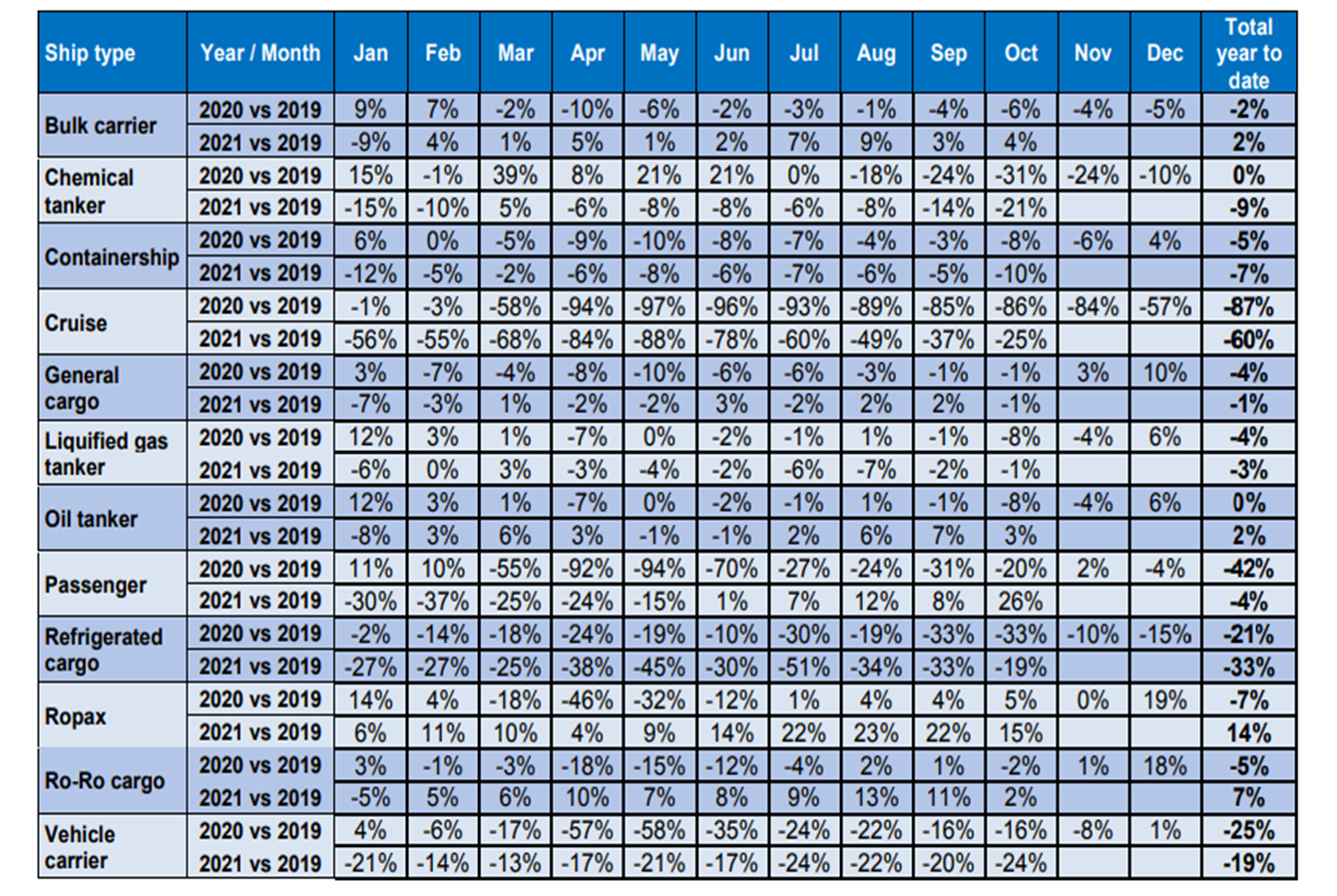The outbreak of the Covid-19 pandemic has undoubtedly left its mark on the supply chain, which encountered great difficulties.
Sea transport, which is used for 80% of the products sold worldwide, encountered unprecedented revaluations. As a result, despite estimations of international organizations, who insisted that the volume of sea trade would increase by 8.4% in 2021 and another 6.5% in 2022, the cost for the transportation of goods from the Far East is still very high causing problems in businesses and consumers. Trying to point out the reasons of this huge increase, we will refer to factors such as the sudden fluctuation in the relationship between market supply and demand, the great shortage of containers, the drastic decrease of routes from shipping companies and various other reasons that contributed to this situation.
During the first period of the Covid-19 outbreak and the lockdowns that followed there was a vast decrease in the production activity, followed by a decrease in demand. To limit their expenses caused by the decrease in demand, shipping companies were forced to proceed to the limitation of routes by taking ships off them, while in many cases they did not renew freight contracts. This fact is verified by the November 2021 report of the European Marine Safety Agency. The following table shows the significant route decrease, especially in container transport, in 2020, when SARS-Cov-2 was spread worldwide, in contrast to 2019, before the outbreak of the pandemic.
However, when various countries started lifting their lockdown measures, especially China, which has the highest production activity worldwide, and started increasing the production rates, the values of the new freight contracts skyrocketed. The demand in containerized transport from China to Europe and especially to America exceeded the ability of shipping companies to add more ships and as a result transportation prices went up.
The already difficult situation was made even worse by the great shortage of containers in China. After the lockdowns that were imposed in most countries around the world, China rebooted its economy and started producing earlier than Europe and America. However, the containers needed to export the products were not enough as long as they were still stuck in Europe and America because of the Covid-19 situation and the decrease in production. As a result, shipping companies started using all available empty containers, in order to satisfy China’s export needs and take advantage of the extremely high freights that were already applied. Other factors that contributed to these high freights were the shutting down of many ports because of Covid-19 cases, but also accidents caused such as the grounding of the Ever Given ship in the Suez Canal.
In the modern enterprise environment, the transportation cost of raw materials and products is of vital importance. As a result, the increase in freights led to a disturbance in the smooth operation of businesses that could not absorb the increased costs, which were later on passed on to the sales price and the consumer. In particular, the transporters of low value items such as toys, utensils etc. have seen the transportation cost increase from about 5% of the procurement cost to more than 20%. If the international financial situation, which is characterized by a revaluation wave in a wide variety of goods and in sectors like energy, metals etc., is taken into account, we quickly realize that a very dire situation has been formed, the duration of which remains unknown.





